CECL: A Half-Baked Cake
One year after implementation, there’s still work to be done when it comes to new rules around expected credit losses.
Our Risk page is the top spot to learn about business continuity, compliance, enterprise risk management, fraud, and vendor management.
One year after implementation, there’s still work to be done when it comes to new rules around expected credit losses.
For the past decade, the credit union’s head risk leader has been evangelizing the idea that everyone must be a risk manager to ensure the
The crisis is still unfolding, but the latest high-profile bank failure has plenty of takeaways for credit unions around asset management, net worth, communication, and
Basic fraud attempts are no longer working as effectively, and credit union must ensure the proper protections are in place to guard against new and evolving attack methods.
The playing field isn’t always even, but credit unions can attract new members, increase deposit volume, and remain viable without sacrificing ethics, standards, or community commitment.
For the past decade, the credit union’s head risk leader has been evangelizing the idea that everyone must be a risk manager to ensure the credit union stays on top of risk profile changes.
In 2023, 38% of financial institutions reported fraud loss between $500,000 and $1,000,000. What does this mean for credit unions?
Credit union leaders are taking a multi-pronged approach to managing new threats, mixing technology, compliance, and collaboration.
Credit unions are turning toward the Federal Reserve’s Bank Term Funding Program to mitigate liquidity pressure.
The curse of cable TV, servant leadership, and more concerns around AI were among the major topics as the annual event continued.
The fate of fee income, AI, and consolidation (of a sort) were top of mind on Monday.
It has been shown repeatedly that the number of uninsured borrowers increases and losses grow larger when institutions move from CPI to a blanket policy.
Watch this webinar to find new fraud solutions that help you protect your members.
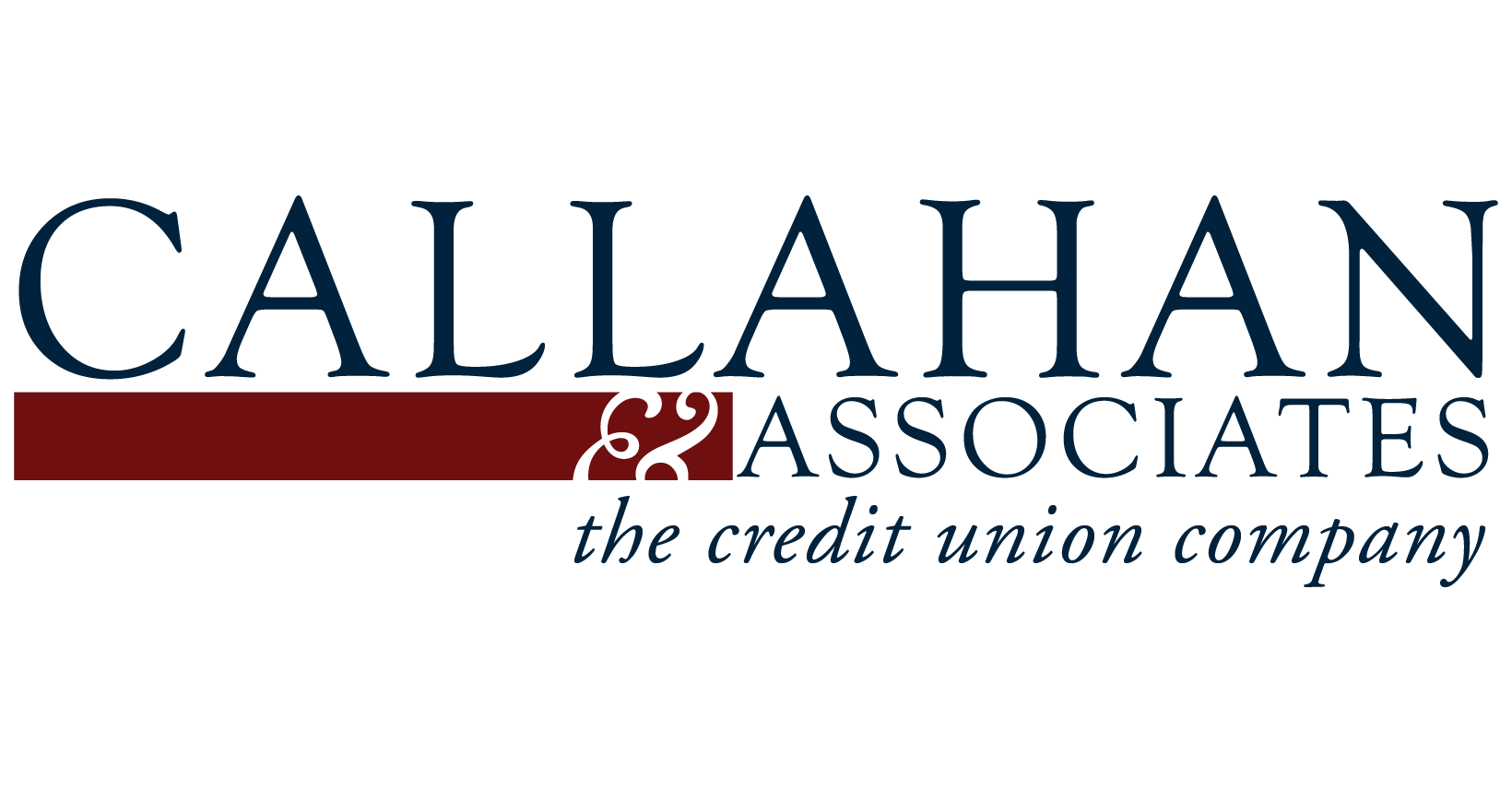
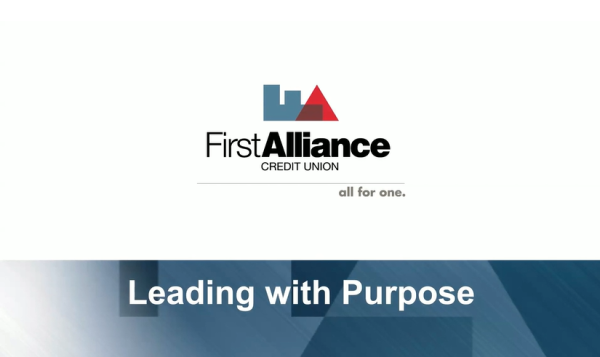
Discover how First Alliance Credit Union is redefining success by putting values and member needs at the heart of everything it does.

Craft breweries demonstrate how commitment to value, operational agility, and community focus can ignite growth and drive property.

Quarterly performance reports from Callahan & Associates highlight important metrics from across the credit union industry. Comparing top-level performance and digging into the financial statement has never been easier.
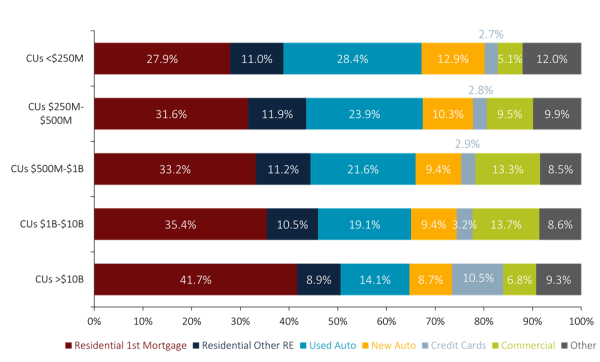
Explore how credit union size influences growth, lending, and efficiency.
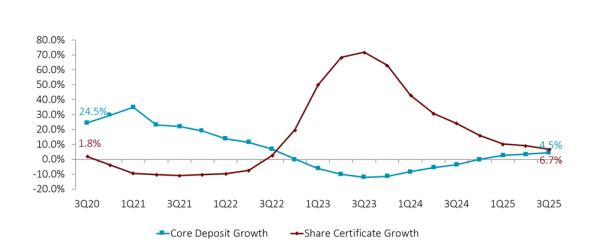
Accelerating membership growth signals the increasing influence of credit unions amid evolving interest rate trends and economic challenges.

Inflation, debt, and income inequality are fueling a K-shaped, post-pandemic recovery, widening the gap between different economic segments and challenging lower-income households.
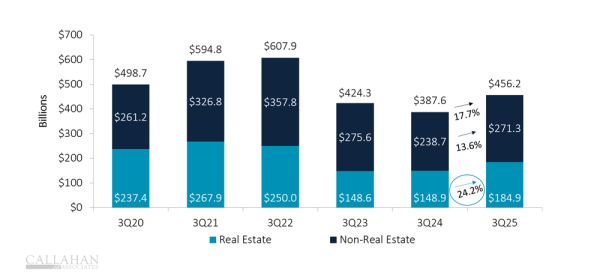
Falling interest rates are changing the game for credit unions. Explore how potential shifts in lending, savings, and margins are set to affect the bottom line.

Explore the subtle shifts redefining the credit union core processing space and how these movements shape growth, innovation, and member experience.

The combination of the right philosophy and the right technology can set credit unions up for success even during difficult economic times.

Nearly 100 credit unions are providing Buy Now, Pay Later to their members, and their banking cores are giving them a surprising competitive advantage.
3 Takeaways From Day 2 Of GAC 2024